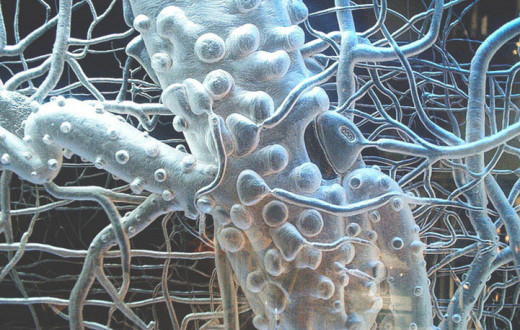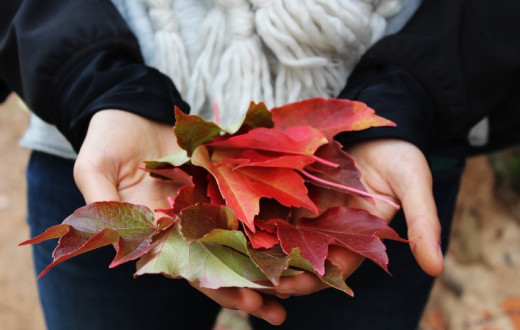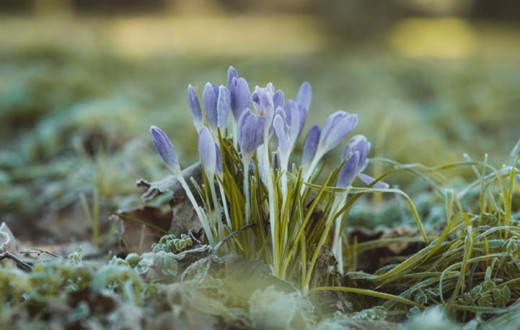The region of Jharkhand was earlier part of the state of Bihar. It became an independent state on the 15th of November 2000. Jharkhand shares its border with the states of Bihar to the north, Uttar Pradesh and Chhattisgarh to the west, Orissa to the south and West Bengal to the east. It has an area of 28,833 sq miles (74,677 sq. km).
Jharkhand is famed for its mineral wealth and forestry products.
The people in Jharkhand have the advantage of being culturally vibrant, as reflected in the diversity of languages spoken, festivals celebrated and variety of folk music, dances and other traditions of performing arts in the region.
Mayhem of the Naxals
Jharkhand has also been at the forefront of the Maoist uprising headed by a guerilla group known as the Naxalites. Since their uprising in 1967, 6000 people have been killed in the insurgency and counter insurgency operations by the Indian Army and its paramilitary groups. The state of Jharkhand is also part of the "Naxal Belt" comprising 92,000 square kilometers. This area harbors the highest concentration of the groups estimated to be about 20,000 combatants. It is hard to imagine how Jharkhand and other naxal infested regions are a part of the same India which got free due to the principles of non-violence and peace and Satyagraha. The naxals operate mainly in the rural and tribal areas.
As mentioned earlier the state harbors a rich abundance of natural resource, while its people live in abject poverty and destitution. The impoverished state provides ample recruits for the Communist insurgents, who argue that they are fighting on behalf of the landless poor who see few benefits from the resource extractions. The law of the land states that the federal government holds a monopoly on sub-surface resources in the state, and therefore the tribal population is prevented from staking any claim on the resources extracted from their land. In retaliation, the insurgents have thus begun a campaign of targeting infrastructure related to the extraction of resources vital for Indian energy needs, such as coal. Ideologically, the naxals claim they are against the system and therefore target politicians, police and forest contractors and village landlords. But they are also known to tax the tribals. One therefore wonders if the movement has lost its vision and the naxals are compromising on their starting principles.
Art of Living Initiatives through their YLTP
Neither the rebels, nor the government have been able to resolve the problems of the people of the land all these years. Voluntary groups such as The Art of Living and other similar thinking organizations joined together to pacify the Naxal methods of justice and bring some kind of peace to the region. The camps teach them yoga and meditation techniques. Over a 100 naxals, of which 30 have been hard core rebels, and 20,000 village folks have participated in The Art of Living courses. Some youths who took The Art of Living Course have now taken up the YLTP and are seen to be working in remote parts of Jharkhand.
They have tried to:
- Maintain a continuous dialogue with the naxals
- Reinforce non violent means for resolving problems
- Create avenues to help the rebels to reintegrate into mainstream society
- Counsel people to cope with the trauma of violence and terrorism unleashed by Naxals
- Conduct trauma relief programs in affected areas including remote villages
Gurudev Sri Sri Ravi Shankar visited the naxal-infested regions of Jharkhand in Feb 2009. He said, “Maoists are good at heart. They are fighting against corruption and disparity. There is a need to bring them into the mainstream of society. The country needs their service.” He added, “If these committed youth take to politics, they can use their energy to bring a change in society.”
As a consequence of this appeal by Guruji to “shun the bullet and take the ballot” two ex-maoist leaders, Ranjan Keshwar Yadav and Shree Kameshwar Bhaita contested the 2009 Lok Sabha elections in Jharkhand.





























